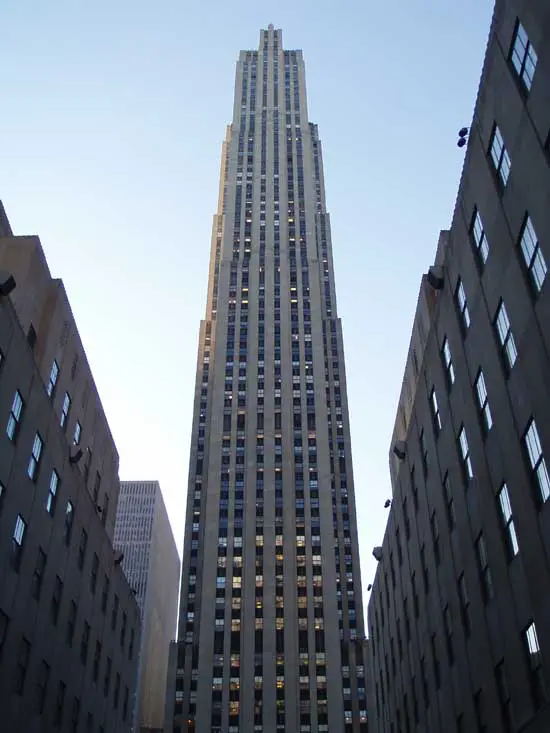 |
| Seagram Building, New York |
New York City's Effort to Track Energy Efficiency Yields Some Surprises
Massachusetts is a state to watch for opportunity. The American Council for an Energy Efficient Economy has named Massachusetts the top state for energy efficiency two years running. Massachusetts spends more per capita on efficiency than any other, and it requires that its utilities seek all cost-effective energy efficiency before securing new power sources.
Expect opportunity to heighten in Massachusetts next year. A key state advisory council in November approved utility efficiency plans that total $2.01 billion for 2013-2015. The plans require approval by the state Department of Public Utilities. A decision is likely in early 2013.
The utilities expect the plans to save 3.7 million MWh of electricity, enough to power more than 500,000 households for one year. Money for the programs comes from a surcharge on utility bills and auction proceeds from the Regional Greenhouse Gas Initiative.
Massachusetts utilities already offer a broad swath of efficiency programs under their previous three-year plan. A report from an energy advisory council to the Massachusetts State Legislature highlights results and includes several brief case studies, among them:
Expect opportunity to heighten in Massachusetts next year. A key state advisory council in November approved utility efficiency plans that total $2.01 billion for 2013-2015. The plans require approval by the state Department of Public Utilities. A decision is likely in early 2013.
The utilities expect the plans to save 3.7 million MWh of electricity, enough to power more than 500,000 households for one year. Money for the programs comes from a surcharge on utility bills and auction proceeds from the Regional Greenhouse Gas Initiative.
Massachusetts utilities already offer a broad swath of efficiency programs under their previous three-year plan. A report from an energy advisory council to the Massachusetts State Legislature highlights results and includes several brief case studies, among them:
- Cape Cod's famous Sea Crest Hotel is saving more than $83,000 annually in energy costs because of a $413,000 renovation that included re-insulation, Energy Star windows, high efficiency lighting and sensors, and a roof that is weather-proofed against salt air. The Sea Crest received incentives of $126,536. Payback is 3.4 years.
- Simonds International, a worldwide manufacturer of cutting tools, installed a $5.5 million combined heat and power plant. The on-site project is expected to save Simonds $1.7 million per year over 24 years. Simonds received incentives of $606,546. Payback is 2.9 years.
- A family in the town of Westford installed over a dozen CFL light bulbs at no cost, following an audit. The auditor also recommended sealing the air leaks and adding insulation to the 48-year-old home. The project cost $3,486, partially offset by incentives totaling $2,550. The family's annual energy savings is $228.36 and payback is four years.
No comments:
Post a Comment